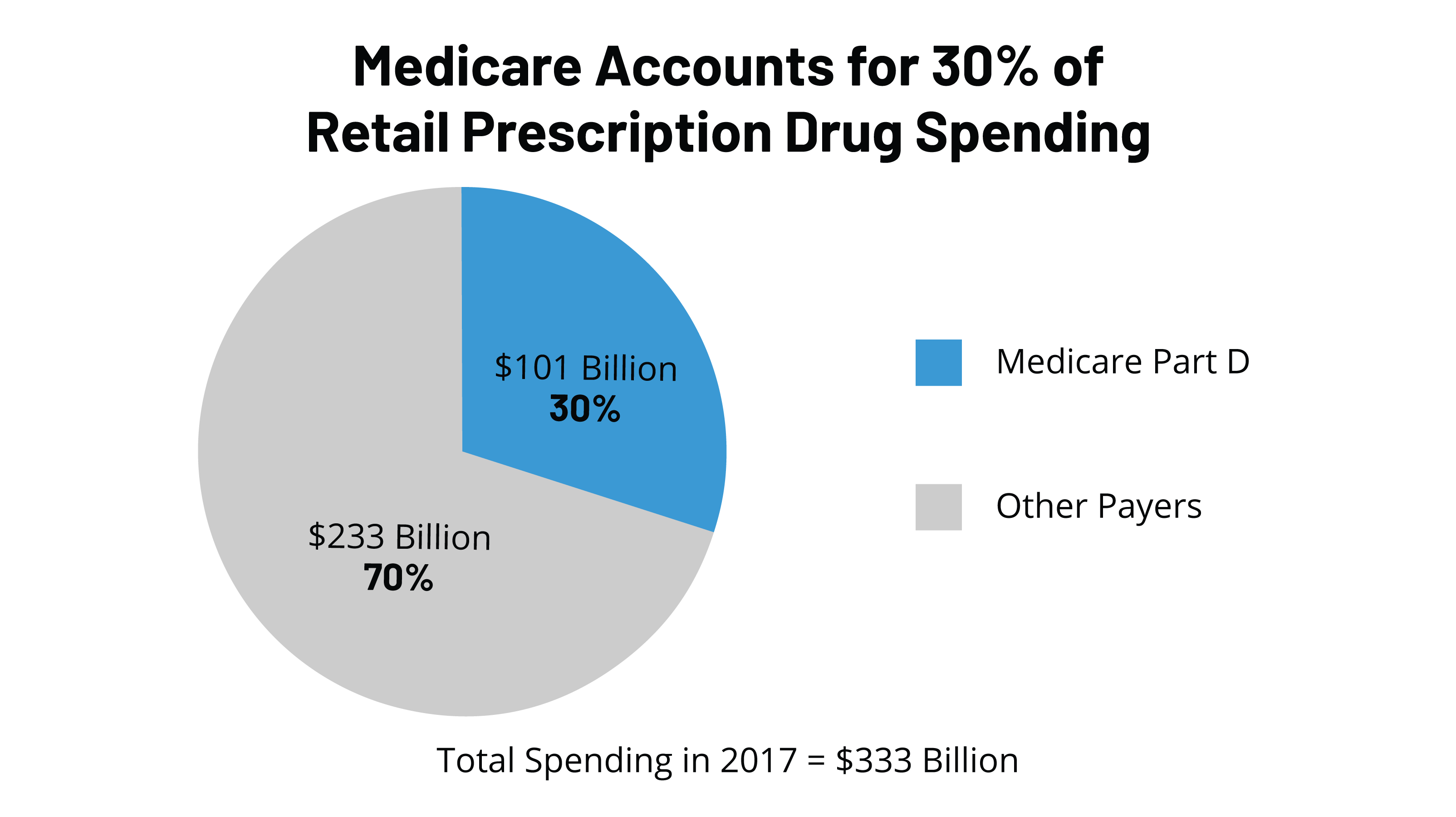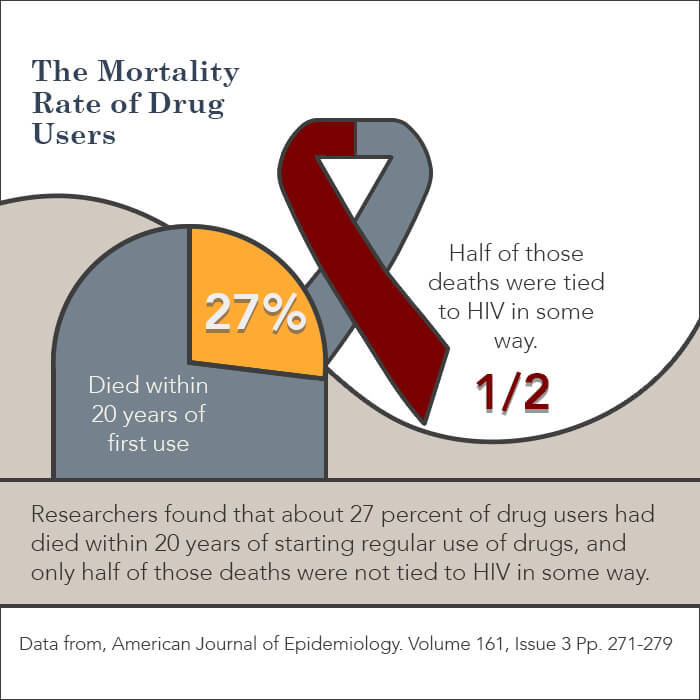At requirement inpatient treatment centers, the spaces are frequently fundamental, with a comfy bed, a restroom, and space for individual items. Costs might be lower at these centers if the patient wants to share a room. There may also be access to a pool or an on-site health club, although that is not guaranteed.
Beyond basic treatment options, there are likewise luxury and executive centers. These centers tend to be in gorgeous places and can offer upscale amenities and servicesincluding canvas.instructure.com/eportfolios/121902/arthurufga270/Some_Known_Details_About_What_Does_The_Bible_Say_About_Drug_Addiction_And_Marriage acupuncture, horse treatment, health spa treatments, and morein addition to the treatments common at all rehab facilities. There is more to a substance use condition than drug usage.
Find out more about who addresses and what to anticipate. Routine treatment sessions post-rehab, both individual and group therapy, can assist patients remain responsible to their sobriety on their course towards healing. Even after patients have completed their initial rehabilitation program, they are not completed with healing workin reality, healing is a lifelong procedure.
Developing a strong plan of aftercare is essential, but the private parts of aftercare may vary from one person to the next. Lots of dependency rehabilitation centers host their own follow-up programs to help clients as they go back to their every day lives. Such aftercare programs may include additional therapy, conferences, and classes for alumni of the treatment program in addition to other individuals in the community.
Numerous dependency rehabilitation facilities offer follow-up programs to assist clients as they go back to their every day lives. Many clients maintain routine therapy sessions post-rehab, and some submit to arranged drug screening as a way to keep them responsible to their sobriety. Regular group treatment attendance is a terrific approach for developing an assistance system in your area.
Excitement About Which Of The Following Best Defines Drug Addiction?
Healing is a lifelong process. Are you ready to start on your course towards sobriety? Call our assistance line at for help. Learn more about who answers and what to anticipate. National Institute on Drug Abuse. (2018 ). Concepts of Drug Addiction Treatment: A Research-Based Guide (Third Edition): Types of Treatment Programs.
( 2019 ). National Institute on Drug Abuse. (2018 ). National Institute on Drug Abuse. (2018 ). Concepts of Drug Dependency Treatment: A Research-Based Guide (Third Edition): Concepts of Reliable Treatment. National Institute on Substance Abuse. (2018 ). Concepts of Drug Dependency Treatment: A Research-Based Guide (Third Edition): Is using medications like methadone and buprenorphine merely changing one dependency with another? National Institute on Drug Abuse.
Procedures of treatment for drug dependency Drug rehabilitation is the procedure of medical or psychotherapeutic treatment for dependence on psychoactive substances such as alcohol, prescription drugs, and street drugs such as cannabis, drug, heroin or amphetamines. The general intent is to make it possible for the client to challenge substance reliance, if present, and cease drug abuse to avoid the mental, legal, financial, social, and physical effects that can be caused, particularly by extreme abuse.
Psychological dependency is addressed in many drug rehabilitation programs by trying to teach the individual new techniques of communicating in a drug-free environment. In particular, clients are usually encouraged, or possibly even required, to not relate to peers who still use the addicting substance. Twelve-step programs encourage addicts not just to stop using alcohol or other drugs, but to examine and change practices related to their addictions.
For legal drugs such as alcohol, complete abstentionrather than efforts at small amounts, which may cause relapseis likewise stressed (" One is a lot Drug Rehab Center of, and a thousand is never enough.") Whether moderation is attainable by those with a history of abuse remains a questionable point (how to help a loved one with drug addiction). The brain's chemical structure is affected by drugs of abuse and these changes are present long after an individual stops utilizing.
The Of What Does Drug Addiction Mean
Various kinds of programs provide help in drug rehabilitation, including: domestic treatment (in-patient/out-patient), regional assistance groups, extended care centers, healing or sober homes, dependency counselling, mental health, and medical care. Some rehabilitation centers offer age- and gender-specific programs. In an American survey of treatment companies from 3 different institutions (the National Association of Alcoholism and Drug Abuse Counselors, Logical Healing Systems and the Society of Psychologists in Addicting Behaviors) measuring the treatment provider's actions on the Spiritual Belief Scale (a scale measuring belief in the four spiritual attributes Twelve step programs identified by Ernest Kurtz); the scores were found to explain 41% of the variance in the treatment service provider's actions on the Dependency Belief Scale (a scale measuring adherence to the disease model or the free-will design dependency).
The National Institute on Drug Abuse (NIDA) recommends detoxification followed by both medication (where relevant) and behavioral therapy, followed by relapse avoidance. According to NIDA, efficient treatment needs to resolve medical and psychological health services in addition to follow-up options, such as neighborhood or family-based healing assistance systems. Whatever the approach, client motivation is a crucial element in treatment success.
Medication like methadone and buprenorphine can be utilized to deal with dependency to prescription opiates, and behavioral treatments can be utilized to deal with dependency to prescription stimulants, benzodiazepines, and other drugs. Kinds of behavior modification consist of: Cognitive-behavioral treatment, which seeks to assist clients to acknowledge, avoid and manage situations in which they are probably to relapse.
Inspirational interviewing, which is designed to increase client inspiration to change habits and enter treatment. Inspirational incentives, which utilizes favorable reinforcement to motivate abstinence from the addicting substance. EEG Biofeedback enhanced treatment improves abstinence rates of 12-step, faith-based and clinically assisted addiction for drug, methamphetamine, alcoholism and opioid addictions. Treatment can be a long process and the period is dependent upon the patient's needs and history of abuse.
Particular opioid medications such as methadone and more buprenorphine are widely used to deal with dependency and dependence on other opioids such as heroin, morphine or oxycodone. Methadone and buprenorphine are maintenance Homepage treatments planned to lower yearnings for opiates, consequently reducing prohibited drug usage, and the risks associated with it, such as illness, arrest, incarceration, and death, in line with the philosophy of harm reduction.

Where Can You Get Help For Drug Addiction for Dummies
All readily available studies collected in the 2005 Australian National Examination of Pharmacotherapies for Opioid Dependence suggest that upkeep treatment is more effective, with very high rates (79100%) of relapse within three months of cleansing from levo-- acetylmethadol (LAAM), buprenorphine, and methadone. According to the National Institute on Drug Abuse (NIDA), clients stabilized on sufficient, continual dosages of methadone or buprenorphine can keep their jobs, avoid criminal offense and violence, and reduce their exposure to HIV and Hepatitis C by stopping or decreasing injection substance abuse and drug-related high danger sexual behavior.
It is typically prescribed in outpatient medical conditions. Naltrexone obstructs the euphoric effects of alcohol and opiates. Naltrexone cuts relapse threat in the very first 3 months by about 36%. Nevertheless, it is far less efficient in assisting patients maintain abstinence or maintaining them in the drug-treatment system (retention rates typical 12% at 90 days for naltrexone, typical 57% at 90 days for buprenorphine, average 61% at 90 days for methadone).
